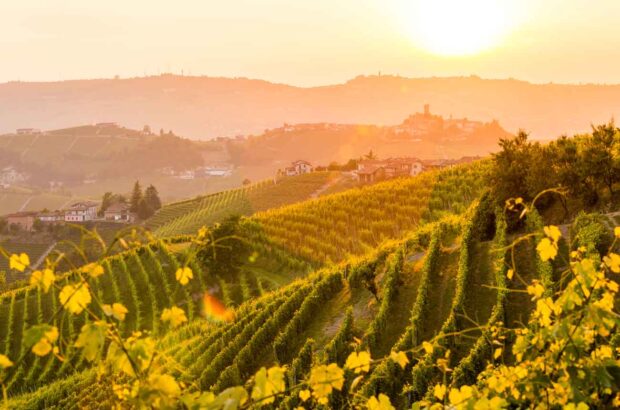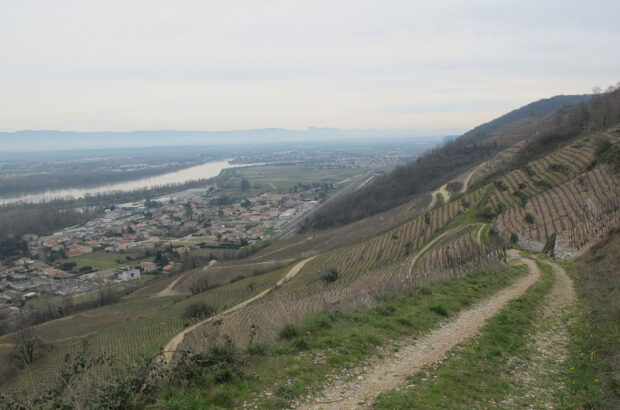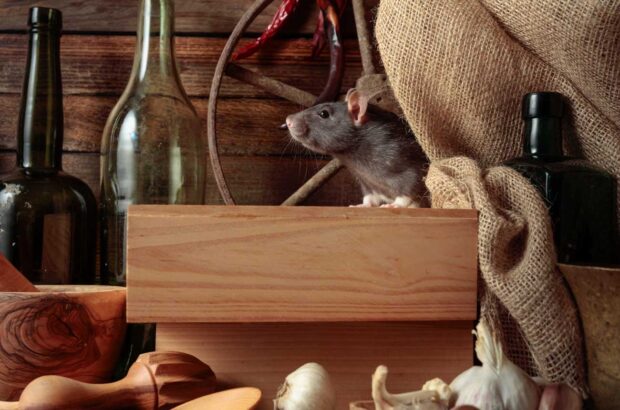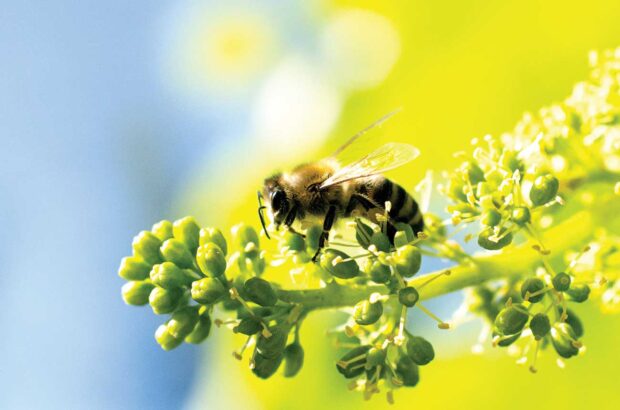Debate is rife in Rioja over the amount of recognition that should be given to individual areas and vineyards on bottle labels. Read part two of Adam Lechmere's report.
Rioja Crus debate: Blending vs Vineyard
For most consumers, it is irrelevant that Marques de Murrieta’s Castillo Ygay comes from one of the most famous vineyards in Rioja Alta.
‘The system implies that everything starts when the wine is in barrel or bottle. There’s no emphasis on the vineyard,’ Murrieta’s owner Vicente Cebrián says.
The emphasis on the land is pushed further into the background by the fact that only a handful of bodegas own their vineyards.
Almost all (Murrieta, Remelluri, Contino and a handful of others are rare exceptions) source their wines from multiple growers, all over Rioja, working very small plots: the average size of vineyard in Rioja Alavesa is one third of a hectare.
The concentration on blending, Rodríguez says, means that ‘we forget the grands crus’. Terroir is lost in favour of process.
Las Beatas is a vineyard paradise, with medieval abandoned terraces, and the remains of an 800-year-old stone press hewn into a house-sized rock.
For Rodríguez (who studies the old ways, a process he likens to pulling on a rope to bring the past into focus), it is essential to rediscover respect for the land.
For most people, he says, Rioja is reduced to a simple duality, traditional and modern, where ‘traditional means American oak and modern means French oak. But it’s far more complicated than that’.
The idea of Rioja as homogenous is quickly exploded by a visit to the eastern tip of Rioja Baja, the biggest but least-celebrated of the three sub-regions of this sprawling appellation. Baja’s main town of Alfaro has the greatest vineyard area of any town of Rioja. All the great producers source tonnes of grapes from here.
But despite the efforts of the bullish and charismatic Alvaro Palacios (Decanter Man of the Year 2015), whose family winery, Palacios Remondo, is in Alfaro, Baja struggles for recognition.
There are many reasons for this, the main one being the craze for Tempranillo in the 1980s, which is fine up north but can get overripe if it’s too warm. Palacios is busily regrafting back to Garnacha.
Recognition for Rioja
While to the north the valleys are narrow and steep, Baja is more open, flatland leading to humpbacked hills. The soil is stony – in some places it resembles Châteauneuf du Pape. It is Mediterranean-influenced, the warmth (and the pudding stones) ideal for Garnacha.
Palacios’ dream is to gain recognition for the region. ‘I don’t want to dedicate my life to the vineyard and in 50 years not know where the wine comes from. The worst thing that has happened in Rioja is that when you taste Viña Real 1954, you don’t know any of the vineyards.
It wasn’t the winemaker, it was the vineyard, it was those old vines from a special area.’ Palacios was instrumental in getting village designations recognised in Priorat, and he would like to do the same here.
‘We need a pyramid of quality, with country wine at the bottom, then regional, then the villages, then
specific plots within the villages.’
The ‘reformers’ are voluble, passionate, dynamic – and inchoate. They agree a quality level should be added to the DOC, but they haven’t put together any sort of proposal.
Rodríguez believes his terroir among the best in the world but says he doesn’t want to get bogged down in bureaucracy; Palacios reckons change will come, ‘but not until my grandchildren’s time’.
Cebrián is adamant they should ‘reform the DOC but not break it.’
Even a bodega as conservative as Marqués de Cáceres would welcome some sort of reform. Cristina Forner, its president, sees no reason to leave the DOC, though she agrees a way should be found of moving ‘towards models focused on quality with future potential’.
Caceres has already launched its own ‘estate’ range, Excellens: five wines sourced from high altitude vineyards with the emphasis on vine age, reduced yields and limited production.
Others agree that the DOC needs to be improved, but are ambivalent about how to achieve it. At Bodegas Roda, founded in 1987 and one of the most renowned of the Rioja modernists, export manager Victor Charcán says, ‘Yes, the classification should include vineyards. Some sites are better than others.’
But he adds, Roda is a blending house, so village designations would be irrelevant to it. ‘Reform must be handled with great care,’ he cautions.
Read the second part of this feature on 28 October. This article first appeared in the September issue of Decanter magazine. Subscribe to Decanter here.







